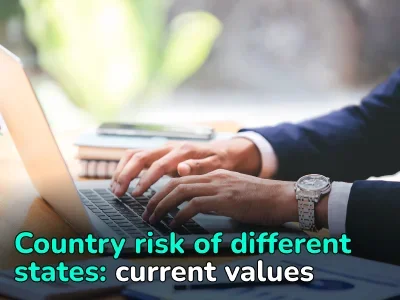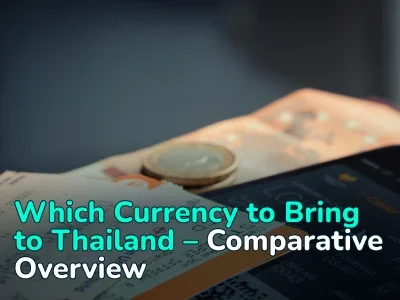
Will Schengen visa applications soon be accepted online? The European Parliament passed a new law
The process of obtaining a Schengen visa may soon change. The EU has approved an initiative to switch from physical applications and visa stickers to a fully digital format.
On October 18, MEPs adopted a law that provides for the introduction of digital procedures for obtaining Schengen visas. 573 deputies voted in favor.
What should such innovations lead to? They will help to speed up the application process while also increasing its safety. Besides, digitization of the visa application process will help to make this practice the same throughout the European Union.
«By digitizing the visa application process for the Schengen area, we will be able to reduce the cost and effort required to apply, while ensuring harmonized practices across Europe and improving security,» the EU Parliament said in a statement.
Security will be ensured by making the new system work harmoniously with border management systems as well as with EU databases. In addition, the new visas will be provided in a digital format with a cryptographic signature in the form of a 2D barcode—this is much safer than previous solutions, as such documents will be more difficult to forge.
Interestingly, the EU will create a single online platform where all Schengen applications can be submitted—it will be possible to find out the results there as well. The platform will automatically identify the country that will consider the application if you intend to visit more than one. At the same time, you will also be able to specify your preferences. As noted by Matjaž Nemec, a member of the European Union Parliament, the digitalization of the process will help people see the EU as a single geographical destination.
MEPs will also make sure that some visa applications will not be rejected if they are submitted from the same IP address (which can be the case in some regions with poor Internet connections).
Final details will be known after interagency discussions on this issue.
Author
I am responsible for editorial work. I write expert interviews and guides.























